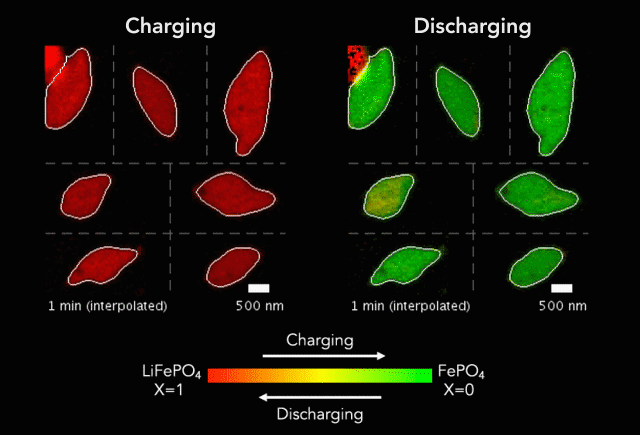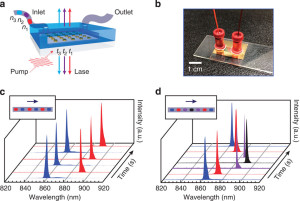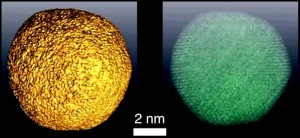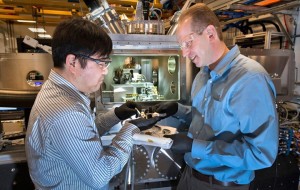 A new device has given scientists a nanoscale glimpse of crevice and pitting corrosion as it happens.
A new device has given scientists a nanoscale glimpse of crevice and pitting corrosion as it happens.
Corrosion affects almost everything made of metal—cars, boats, underground pipes, and even the fillings in your teeth.
It carries a steep price tag—trillions of dollars annually—not mention, the potential safety, environmental, and health hazards it poses.
“Corrosion has been a major problem for a very long time,” says Jacob Israelachvili, a chemical engineering professor at the University of California, Santa Barbara.
Confined spaces
Particularly in confined spaces—thin gaps between machine parts, the contact area between hardware and metal plate, behind seals and under gaskets, seams where two surfaces meet—close observation of such electrochemical dissolution had been an enormous challenge. But, not any more.
Using a device called the Surface Forces Apparatus (SFA), Israelachvili and colleagues were able to get a real-time look at the process of corrosion on confined surfaces.
“With the SFA, we can accurately determine the thickness of our metal film of interest and follow the development over time as corrosion proceeds,” says project scientist Kai Kristiansen.
(more…)
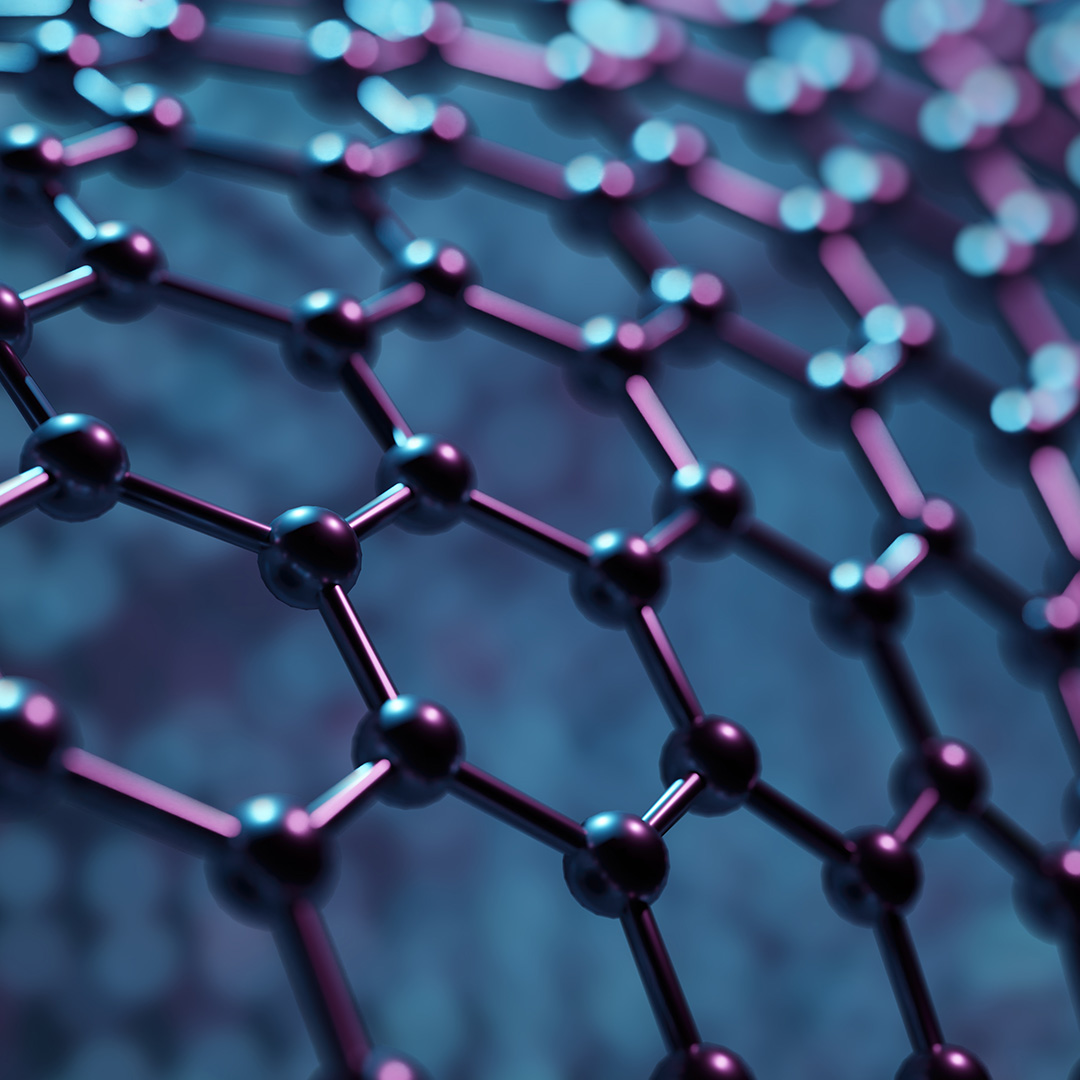 Topic Close-up #6
Topic Close-up #6

 A new device has given scientists a nanoscale glimpse of crevice and pitting corrosion as it happens.
A new device has given scientists a nanoscale glimpse of crevice and pitting corrosion as it happens. Scientists have created a nanoscale light detector that can convert light to energy, combining both a unique fabrication method and light-trapping structures.
Scientists have created a nanoscale light detector that can convert light to energy, combining both a unique fabrication method and light-trapping structures.